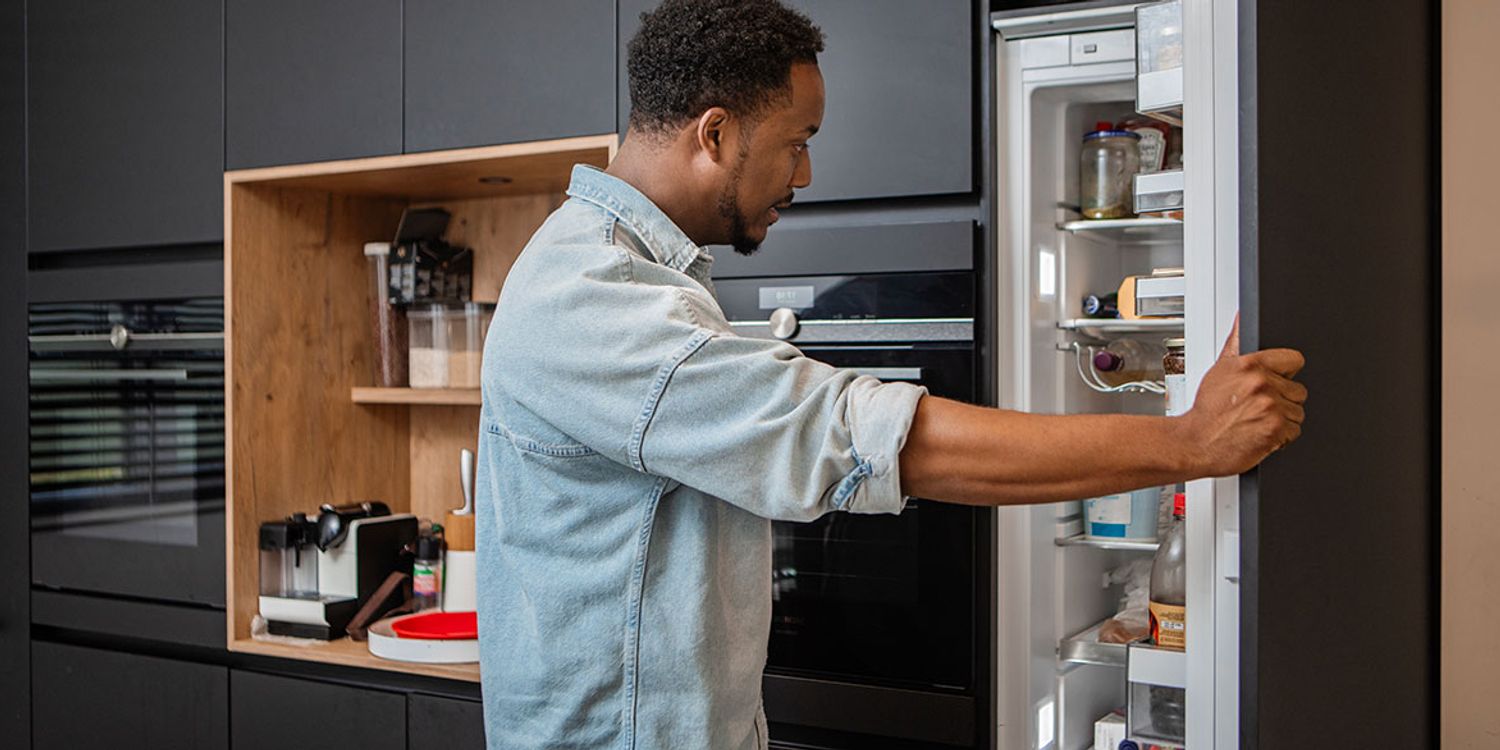In tropical climates, where high temperatures and humidity are the norms, keeping your refrigerator running efficiently can be a challenge. An overheating refrigerator not only compromises food safety but can also lead to increased energy bills and premature appliance failure. In this guide, we will explore smart solutions and practical tips to help you prevent refrigerator overheating in hot weather, ensuring your food stays fresh and your appliance operates smoothly.
Understanding Refrigerator Cooling Mechanics
Before diving into solutions, it’s essential to understand how refrigerators work. They rely on a refrigeration cycle involving refrigerants to absorb heat from the inside and release it outside. This process is facilitated by several components, including:
Compressor: Compresses the refrigerant and circulates it through the system.
Condenser Coils: Release heat outside the unit, often located on the back or bottom of the refrigerator.
Evaporator Coils: Absorb heat from the interior of the fridge, keeping it cool.
Thermostat: Regulates the temperature within the refrigerator.
In hot weather, these components face extra stress Refrigerator Cooling Tips in Hot Weather due to higher ambient temperatures, making it crucial to ensure your refrigerator operates efficiently.
1. Maintain an Optimal Temperature Setting
Ideal Temperature Range
The ideal temperature for your refrigerator is between 35°F and 38°F (1.6°C to 3.3°C). For the freezer, aim for 0°F (-18°C). Maintaining these temperatures is critical for food safety and energy efficiency.
How to Adjust Settings
Use a Refrigerator Thermometer: Invest in a thermometer to monitor internal temperatures accurately. This tool helps you confirm whether the thermostat settings are appropriate.
Avoid Frequent Adjustments: While it might be tempting to lower the temperature setting during a heatwave, refrain from making frequent changes, as this can lead to inefficiencies and overcooling.
2. Position Your Refrigerator Wisely
Avoid Heat Sources
Place your refrigerator away from heat-generating appliances such as ovens, dishwashers, or direct sunlight. Heat exposure can cause your refrigerator to work harder to maintain its internal temperature.
Allow for Airflow
Ensure there is sufficient space around your refrigerator for proper ventilation. Typically, you should allow at least 2 inches of clearance on the sides and back to enable heat dissipation. Refer to your refrigerator’s manual for specific clearance recommendations.
3. Regular Maintenance is Key
Clean the Condenser Coils
Dirty condenser coils can hinder your refrigerator’s ability to release heat, leading to overheating. Cleaning these coils is an essential part of maintenance.
How to Clean:
Unplug the Refrigerator: Always disconnect the power before cleaning.
Locate the Coils: They may be at the back or underneath the appliance.
Use a Vacuum or Brush: Carefully remove dust and debris using a vacuum cleaner or a coil cleaning brush.
Reconnect Power: Plug the refrigerator back in after cleaning.
Check Door Seals
Worn or damaged door seals can let warm air in and cold air out, forcing your refrigerator to work harder.
How to Inspect:
Visual Inspection: Look for cracks or tears in the seals.
Paper Test: Close the door on a piece of paper. If you can pull it out easily, the seal may need replacement.
Clean the Seals: Use a mixture of warm, soapy water to clean the seals and remove debris.
4. Optimize Food Placement
Avoid Overloading
Overpacking your refrigerator can restrict airflow and prevent efficient cooling. Leave space between items to allow cold air to circulate freely.
Keep It Organized
Organizing food by type and frequently accessed items helps maintain an even temperature throughout the fridge. Use bins or containers to separate food categories, making it easier to find what you need without leaving the door open for too long.
5. Monitor Humidity Levels
In tropical climates, high humidity can affect your refrigerator’s performance. Excess moisture can lead to frost buildup, especially in the freezer.
Use a Dehumidifier
Consider using a dehumidifier in your kitchen or laundry area to help control humidity levels, which can improve your refrigerator’s efficiency and prevent ice buildup.
6. Limit Door Openings
Frequent door openings allow warm air to enter and cold air to escape.
Tips to Minimize Door Openings:
Plan Ahead: Gather all the items you need before opening the fridge.
Avoid Prolonged Door Openings: Try not to leave the door open for long periods while you decide what to take out.
Use Clear Containers: Store food in clear containers to easily see what you have, reducing the need to open the fridge repeatedly.
7. Use Energy-Efficient Appliances
If your refrigerator is old, it might be time to consider an upgrade. Newer models are designed to be more energy-efficient, with better insulation and cooling technology.
What to Look For:
Energy Star Certification: Look for the Energy Star label, which indicates that the appliance meets energy efficiency guidelines set by the EPA.
Size and Capacity: Choose a model that fits your needs without excessive space that would require additional energy to cool.
8. Install a Fan for Circulation
Adding a small fan inside the refrigerator can help circulate cold air, especially if you notice uneven cooling. This is particularly useful in larger refrigerators or when the doors are frequently opened.
Choosing a Fan:
Small, Battery-Operated Fans: Look for compact models that can be easily placed inside without obstructing items.
Avoid Blockage: Make sure the fan does not impede airflow or block vents.
9. Regularly Monitor Performance
Keeping an eye on your refrigerator’s performance can help you catch potential issues early.
Signs of Overheating:
Unusual Noises: If the compressor is running constantly or making unusual sounds, it might indicate a problem.
Increased Energy Bills: A sudden spike in your electricity bill could signal that your refrigerator is working harder than usual.
Frost Buildup: Excessive frost in the freezer compartment may indicate a problem with the defrost cycle or door seals.
10. When to Call a Professional
If you notice persistent issues despite following these tips, it may be time to call a professional technician. Common signs that require expert intervention include:
Frequent Cycling: If the refrigerator turns on and off more often than usual.
Continuous Running: A refrigerator that runs continuously without reaching the desired temperature.
Electrical Issues: Any signs of electrical failure or burning smells should be addressed immediately by a professional.
Conclusion
In tropical climates, keeping your refrigerator cool and efficient requires a proactive approach. By implementing these smart solutions and maintenance tips, you can prevent overheating, prolong your appliance’s lifespan, and ensure your food remains safe and fresh. Regular cleaning, proper placement, and efficient usage are key components to managing your refrigerator in hot weather. With diligence and care, you can navigate the challenges of high temperatures and humidity, ensuring your refrigerator operates at its best year-round.
Stay in touch to get more news & updates on Gossips.Blog!




